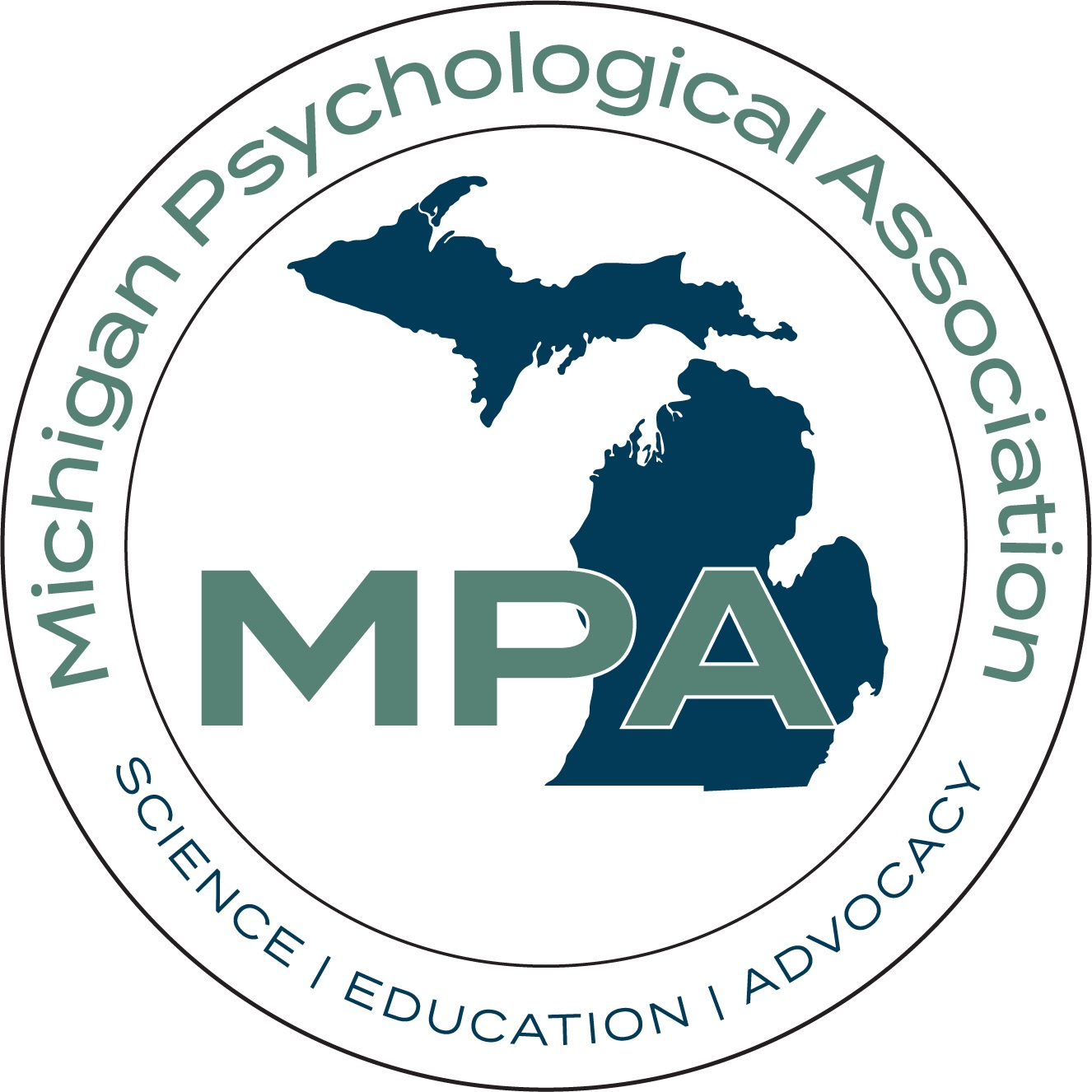What’s New in Psychology?
The Trauma of Abuse and Neglect Must Be Addressed
Jim Windell
“We know that people who have suffered child abuse and neglect are more likely to have chronic disease,” notes Leonie Segal, professor of Health Economics at the University of South Australia. “So, we need to encourage clinicians to extend their care to consider possible underlying psychosocial causes.”
Segal goes on to say that adopting clinical approaches that incorporate a therapeutic response to address underlying trauma may prove more effective than a response limited to presenting symptoms and potentially avoid extensive investigations and surgery.
Writing an editorial in the British Medical Journal, Segal and co-author Dr. Jackie Amos, a child and adolescent psychiatrist at South Australia’s Women’s and Children’s Health Network, argue that Australia needs to prioritize the health and welfare of people who have experienced serious child abuse and neglect, citing their very poor health outcomes.
In their editorial, Segal and Amos write that accepting that abuse and neglect in early life can have very serious health consequences, including early death, this fact should mobilize a robust response from governments, policymakers and clinicians. They go on to recommend four therapeutic pathways for reducing risk of premature death.
They write: “Firstly, to work therapeutically with distressed families, to reduce ongoing abuse and disrupt intergenerational transmission – the dominant pathway. Successful models exist that involve trauma responsive emotional or psychological treatments. These models can be delivered in mental health services or other clinical settings to people with a history of abuse or neglect, including those with severe mental illness (depression, bipolar disorder, psychosis). A further suite of promising interventions work with distress stored in the body: sensorimotor psychotherapy, trauma sensitive yoga, deep brain reorienting, somatic experiencing, and creative arts therapies.”
Second, they suggest that trauma-based therapies could be part of all statutory child protection service responses in order to address parental histories of maltreatment, child mental health, and include parent-child dyadic therapy to repair damaged relationships. Their third pathway is to better address the harmful and risky behaviors that emerge in adolescence or early adulthood. And their fourth pathway is to recognize that early life trauma can underlie clinical presentations across a range of health conditions; “Addressing the trauma might improve clinical outcomes and reduce the need for invasive investigations or medical interventions. Approaches might include the use of anti-inflammatory drugs for mood disorders.”
The editorial goes on to suggest that training for all professionals working with families -- across health, education and social care – should recognize and respond sensitively and with cultural awareness to child abuse and neglect to reduce the possibly of retraumatizing of victims and engage highly vulnerable children and families. They also suggest that workers in non-clinical community settings could be trained to deliver trauma informed services, and integration of trained peer workers in clinical teams would combine professional expertise with the credibility of lived experience.
Commenting on their editorial, Segal says that “…too often, patients present with physical symptoms that are treated, without sufficient consideration of possible underlying trauma. Addressing child abuse and neglect is not just a child protection issue; it’s a whole-of-society issue that requires an informed and proportionate response across health, social, and economic platforms. But health in particular must step up.
“A change in the clinical response is a solid start. If clinicians can think about a trauma-informed biopsychosocial model of health, it could help reduce the disturbing negative health (and social) impacts of exposure to serious child abuse and neglect and help reduce the transmission of this abuse and neglect to the next generation.”
To read the original article, find it with this reference:
Segal, L., & Amos, J. (2023). The serious health consequences of abuse and neglect in early life. British Medical Journal, 381; doi: https://doi.org/10.1136/bmj.p930




